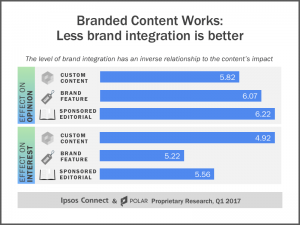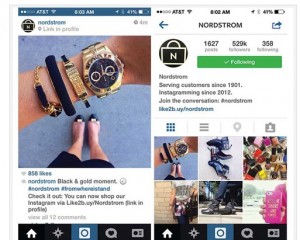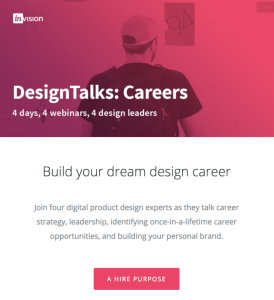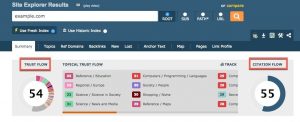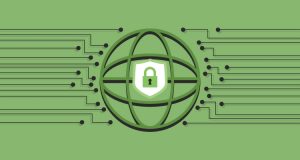While interviews remain a chance for decision makers to evaluate you and vice versa, the past few decades have introduced some new interview formats into the game.
Here’s a breakdown of the most common interview styles, both old and new, with quick and easy insight on the purpose of each, what it means to you, and how you can prepare:
PHONE SCREEN
Generally the first step, phone screens are usually quick, and in larger organizations are often conducted by a more junior member of an HR department or recruiting team.
What They Want: The phone screener’s goal is to assess if you have the knowledge, experience and qualifications for the role.
You may be pressed for salary requirements – if you can’t avoid it by saying you’d like to learn more about the role and total compensation before providing information, it is best to be direct and offer a range (not an exact figure).
Bottom Line: While it is important to be friendly, facts are more critical than establishing rapport during this first round.
Tips: Speak from a quiet, distraction-free location, and prep by highlighting areas of your resume you feel are relevant to the position and to the organization.
MEET UP FOR COFFEE INTERVIEW
A quick pull up over cup of coffee has replaced first round one-on-ones for some, and also serves as a forum for an informational interview.
Coffee chats are a great opportunity to learn about potential job openings, information about the company, and even get advice.
What they Want: These chats tend to occur with recruiters juggling multiple open roles, or hiring managers with a need but not an official job requisition.
Bottom Line: Though it may feel casual, it’s nevertheless important to do your homework through research of any potential companies and industries.
Keep at the ready examples of recent achievements, and be prepared to give your elevator speech which includes why you are looking and what value you bring to the table.
Tips:
Business casual wear, versus formal business attire, is appropriate. Be sure to bring something to write with, a business card if you have one, and several copies of your resume.
ONE-ON-ONE INTERVIEW
The most familiar format of all, the in-person, one-on-one usually takes place after the phone screen.
What They Want: The interviewer usually wants to get a sense of how you will fit into the company, but may also ask questions to confirm that the phone screener did their job in assessing your skills and qualifications.
Bottom Line: The end goal of the face-to-face is to build rapport, and show them how you are well suited to the culture and in a unique position to solve their pain.
Tips: Stay focused and respond to the questions…don’t go off on any tangent.
VIDEO/ONLINE INTERVIEW
The advent of decent WI-FI has given rise to online, face-to-face interviews. While these certainly save on cost and time spent traveling for an in-person one-on-one, there are pitfalls to consider.
What They Want: During an online interview, just as with a face-to-face, the interviewer wants to get a sense for if you’re a good fit, and confirm that you have the chops for the job.
Bottom Line: While from a pure conversation standpoint an online interview should be regarded like an in-person format, take your preparation to a whole new level as there’s a lot that can go wrong.
Tips:
- BACKGROUND: Aim for a professional setting that features an uncluttered background.
- LIGHTING: Make sure the lighting doesn’t drown out your face (try throwing a thin cloth over it and/or aim the light in front of you, not behind) and that your voice volume is just right.
- EYE CONTACT: Stare at the camera pinpoint on your desktop and not at your interviewer’s face, as this will make it appear as if you are looking down and not directly.
- BELLS + WHISTLES: Close out any software applications and put any ringers on mute so there are no unexpected bells or alerts sounding off.
- MURPHY’S LAW: Prepare for the worst by planning on technical difficulties. Keep your phone at the ready in case you have to resort to a call should the video connection fail.
GROUP INTERVIEW
Many find group or panel interviews stressful because you are interviewed simultaneously by several members of the company.
What they Want: Although a time savings for all parties, this format also gives some insight into how you deal with additional pressure as compared to a one-on-one.
Bottom Line: It is critical to maintain eye contact while listening to whichever panel member is firing the question.
When it comes to response-time or asking your own questions, however, seek eye contact with all members as perhaps you would when delivering a small group presentation.
Tips: Make sure to address each interviewer and repeat their names during introductions so you can connect with them individually.
Ask for each person’s business card so you have their info on hand for post-interview thank you letters.
DIFFERENT TYPES CALL FOR DIFFERENT MEASURES
Different interview types call for different responses and preparation. Understanding the purpose of each and having a game plan in place offers you your best shot at interview success.
* * *
Interested in learning more about getting your career documents ready for today’s readers?
Check out my Emergency Career Toolkit – a series of 8 short and sweet videos that explain the techniques I employ with my clients to create resumes, LinkedIn profiles and cover letters that land interviews in 60 days.
Business & Finance Articles on Business 2 Community(79)
Report Post
